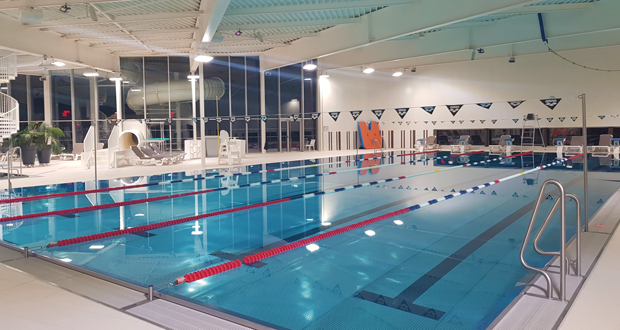Healthcare facilities, such as hospitals and clinics, require careful acoustic planning to ensure the safety and comfort of patients and staff. Acoustic planning involves assessing the acoustic environment of a space and making recommendations on how to improve it. This may include selecting sound-absorbing materials for walls, floors, and ceilings, or installing sound-proofing materials such as acoustic panels. Acoustic planning can also help to reduce noise levels in the healthcare facility, creating a quieter environment and reducing stress levels.
When considering acoustic planning advice, it is important to consider the type of activities that will take place in the space. Different activities require different levels of acoustic absorption, and the acoustic plan should take into account the various activities that will take place in the space.

Image Source: Google
Reducing Noise Levels in Healthcare Settings
Noise levels in healthcare settings can have a significant impact on patient safety and comfort. Research has shown that high noise levels can increase stress levels and interfere with patient sleep. In addition, noise can interfere with communication between healthcare workers and patients, making it difficult to obtain accurate information.
Acoustic consultants can help to reduce noise levels in healthcare facilities by assessing the acoustic environment of a space and making recommendations on how to improve it. This may involve selecting sound-absorbing materials for walls, floors, and ceilings, or installing sound-proofing materials such as acoustic panels.
In addition, acoustic consultants can advise on how to manage noise levels in the environment, such as creating designated quiet areas or prohibiting the use of loud machinery.
Improving Communication in Healthcare Settings
Noise can also interfere with communication between healthcare workers and patients. In order for healthcare workers to provide accurate information, it is important that they can communicate clearly with patients.
Acoustic consultants can help to improve communication by assessing the acoustic environment of a space and making recommendations on how to improve it. This may include selecting sound-absorbing materials for walls, floors, and ceilings, or installing sound-proofing materials such as acoustic panels.
Conclusion
Acoustic planning is an important part of healthcare facility design, as it can help to reduce noise levels and improve communication between healthcare workers and patients. By assessing the acoustic environment of a space and making recommendations on how to improve it, acoustic consultants can create a quieter, more comfortable environment and help to improve patient safety and satisfaction.